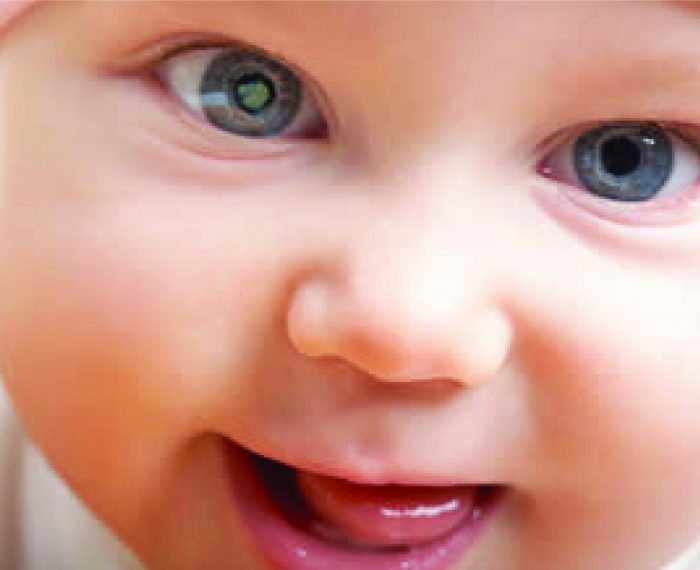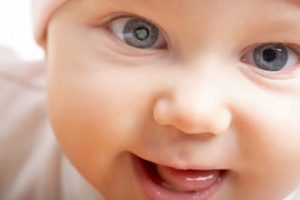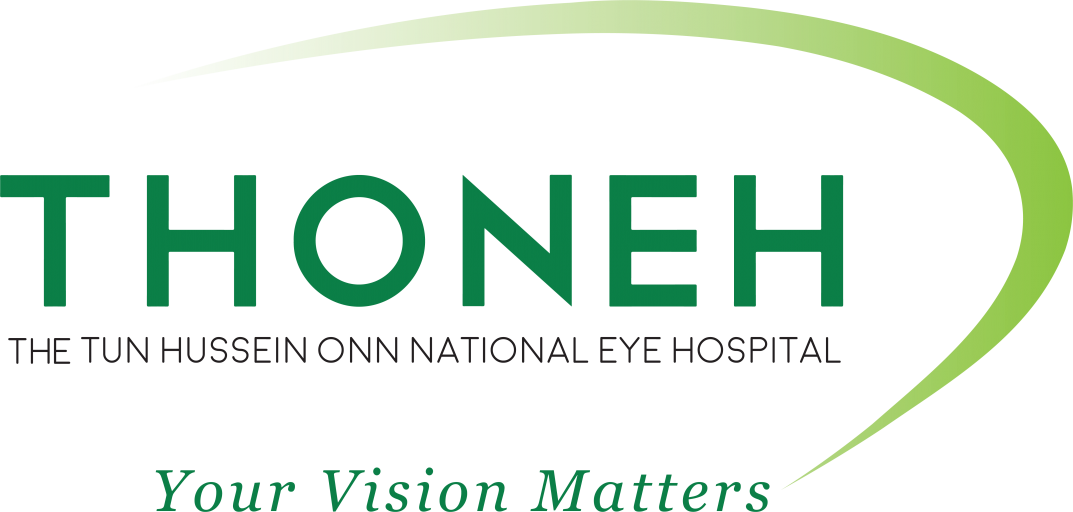
Paediatric Eye Conditions
Paediatric Eye Conditions – Congenital Cataract
THONEH’s Paediatric Ophthalmologists aim to ensure that each child has a bright and clear future. With the latest technologies and internationally recognised best practices supporting our specialists, we ensure your child is given optimal eye care for the various conditions affecting the paediatric population.
Among the commonest eye problem in children are:-
- Refractive Error
- Amblyopia (long eye)
- Strabismus (squint)
CONGENITAL CATARACT

What is Congenital Cataract ?
Congenital cataract refers to lens opacity present at birth. Congenital cataracts may affect either one or both eyes. The severity may also vary where while some congenital cataract does not significantly affect vision, others may cause severe, long-term visual impairment.
Congenital cataract is responsible for nearly 10% of all vision loss in children world wide. It is one of the most common treatable causes of visual impairment and blindness during infancy, with an estimated prevalence of 1 to 6 cases per 10,000 live births worldwide.
What cause ?
Congenital cataract has a wide range of potential causes. This includes genetic, metabolic, infection, and even as a side effect from the medication that the mother took during pregnancy.
Sign and Symptoms ?
- An infant does not seem to be visually aware of the world around him or her (if cataracts are in both eyes)
- Gray or white cloudiness of the pupil (which is normally black)
- The “red eye” glow of the pupil is missing in photos, or is different between the 2 eyes
- Unusual rapid eye movements (nystagmus)
How Congenital Cataract treated ?
The cataract can be removed with surgery. The younger the child, the greater the urgency is to remove the cataract due to the risk of amblyopia. However, other factors will also be taken into account. If the cataract is too mild to affect vision, paediatric ophthalmologist may not consider performing the surgery immediately, but instead will continuously monitor the cataract and the child’s visual development until he/she reaches adulthood.

